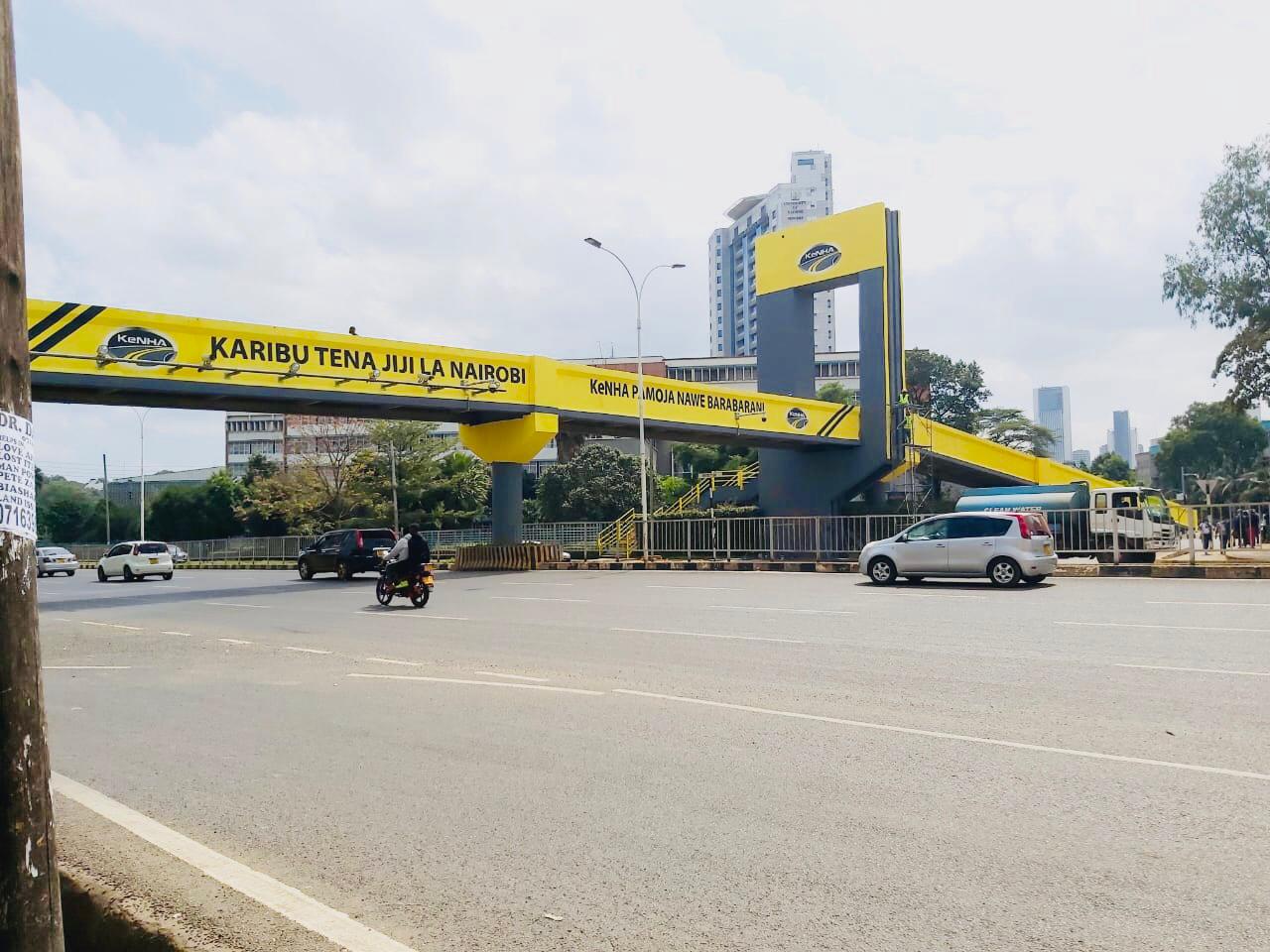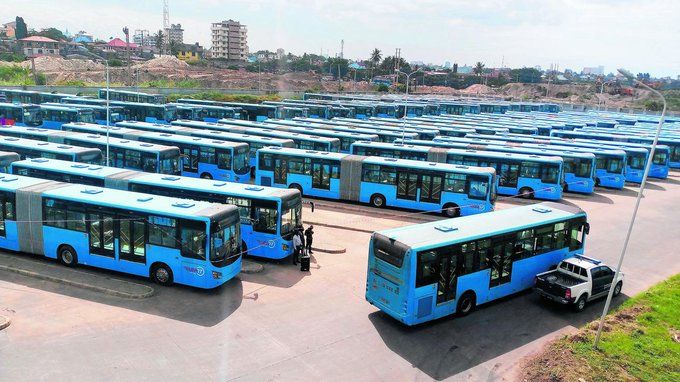KeNHA warns against hazardous pedestrian crossings under footbridges

In a detailed message shared on X, KeNHA raised concern that despite the existence of footbridges constructed to protect lives, many people still choose to take dangerous shortcuts by crossing roads on foot at unsafe points.
As cases of pedestrians darting across busy highways directly under footbridges continue to rise, the Kenya National Highways Authority (KeNHA) has urged Kenyans to prioritise their safety and that of other road users by using designated crossing structures.
In a detailed message shared on X, KeNHA raised concern that despite the existence of footbridges constructed to protect lives, many people still choose to take dangerous shortcuts by crossing roads on foot at unsafe points.
More To Read
- Poor roads, reckless drivers, unroadworthy vehicles blamed for deadly August crashes
- KeNHA closes Marigat–Loruk Road due to rising Lake Baringo floodwaters
- NTSA to conduct free school bus inspections in new campaign to curb accidents
- NTSA issues safety guidelines ahead of schools reopening
- Raila pushes for expanded devolution, says counties should run schools and local infrastructure
- Court slashes forest land allocation for Kiambu Road project
“Maybe you are in a hurry, or the bridge seemed too far. But here is the truth: that shortcut can become a lifespan cut short. Every day, pedestrians risk their lives by dashing across the highway. Some make it, some don’t,” the authority said.
KeNHA noted that while many pedestrians may find footbridges inconvenient due to their distance or staircases, the alternative has too often ended in tragedy. It added that avoiding such infrastructure not only puts individuals at risk but also creates hazards for motorists.
The agency further reminded road users of provisions in Chapter 403 of the Traffic Act, which outlines offences that threaten safety on Kenyan roads. The law criminalises actions that obstruct motorists, including pedestrians suddenly appearing on the road. It also prohibits driving on footpaths to escape traffic jams.
“A person who contravenes commits an offence and shall be liable to imprisonment for a term not exceeding three months, or to a fine not exceeding Sh30,000. Second offenders shall, upon conviction, face up to six months’ jail term,” the statement read.
Although the law does not outright ban pedestrians from crossing highways at undesignated spots, several clauses indirectly discourage such behaviour. Section 47 of the Act points to reckless or dangerous driving, but may apply where a pedestrian's actions cause a hazard.
“Any person who drives a motor vehicle on a road without due care and attention or without reasonable consideration for other persons using the road shall be guilty of an offence,” it reads.
Depending on a court’s ruling, an offender may also face instant fines ranging between Sh500 and Sh2,000.
KeNHA pointed out that even though drivers are often held responsible in the event of an accident involving a pedestrian, the risk taken by those dashing across highways is not justified. The authority encouraged Kenyans to avoid shortcuts that could end in disaster.
“Footbridges are meant for pedestrian safety. Blocking them causes pickpocketing, accidents, and even stampedes,” the agency said, further discouraging roadside traders from occupying walkways meant to ensure safe passage for pedestrians.
KeNHA linked the misuse and underuse of footbridges to numerous road accident injuries and hospital admissions across the country. Referring to annual reports by the National Transport and Safety Authority (NTSA), it said these incidents have remained alarmingly constant.
In 2024, road traffic fatalities reached 4,748—an increase from previous years—with pedestrians accounting for the largest proportion. By the same time last year, pedestrian deaths stood at 1,044, but rose by 15 per cent to 1,177 in 2024.
Between January and March this year alone, 1,139 people were killed in road crashes, with 420 of them being pedestrians. Motorcyclists followed closely with 301 deaths.
“These numbers don’t have to remain this way. With individual responsibility, we can turn these numbers around. Let’s choose safety over shortcuts – use the footbridge, save a life,” KeNHA urged.
Top Stories Today













































